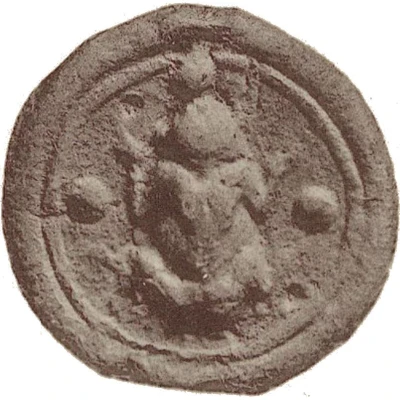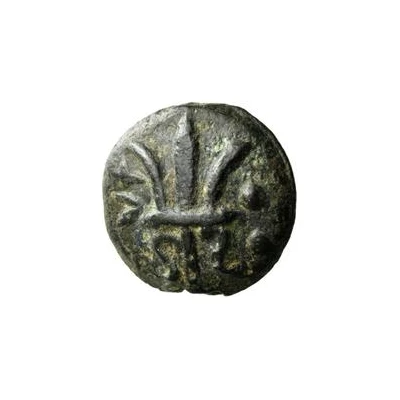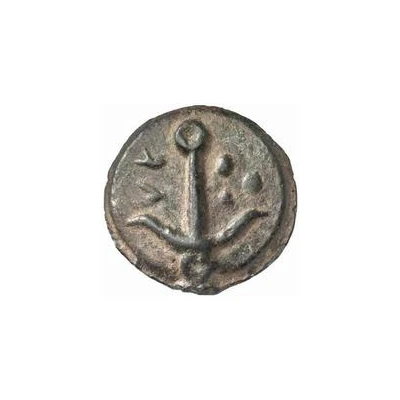


© Ernst Haeberlin; 1910. "Aes Grave". Joseph Baer, Frankfurt, Germany (CC0)
1 Quadrans Heavy type 280 BC - 240 BC
| Bronze | 70.01 g | - |
| Issuer | Tuder (Umbria) |
|---|---|
| Type | Standard circulation coin |
| Years | 280 BC - 240 BC |
| Value | 1 Quadrans = ¼ As |
| Currency | As (circa 280-201 BC) |
| Composition | Bronze |
| Weight | 70.01 g |
| Shape | Round (irregular) |
| Technique | Cast |
| Demonetized | Yes |
| Updated | 2024-10-10 |
| Numista | N#182629 |
|---|---|
| Rarity index | 100% |
Reverse
Anchor with legend to the left and three dots to the right.
Lettering: TU
Translation: Tuder
Edge
Plain
Interesting fact
The Quadrans coin from Tuder (Umbria) was used as a form of currency in ancient Italy, specifically in the region of Umbria, during the 3rd century BC. It was made of bronze and had a distinctive design, featuring the image of a bull on one side and a crescent moon on the other. The coin was also known for its unique weight, which was heavier than other coins of its time, weighing 70.01 grams. This made it a valuable and sought-after coin among collectors and traders.



